Have you ever been home, but stayed at the door for a long time because you couldn’t find the key? This is always frustrating. It happens to almost all of us. However, if you are looking for a simpler way to get in and out, you may need to buy a smart lock.
These smart home devices allow you to unlock the door from anywhere through the application on your phone, or they can be opened when you are close to the front door. Although smart locks may not make your home safer, they do provide more control and efficiency. One of my friends is a safety barrier supplier. One day he told me in conversation that they were working on an automatic lifting column that could be controlled by remote control and other means to lift the bollards off the ground. Just like smart door locks provide more control and efficiency.
They not only ensure that you no longer have to put down everything in your hand to find the key, but also the smart lock can lock and unlock your door from anywhere, and extend the digital “key” to your home of friends, family, nursing staff or any other frequent visitors.
Of course, you can still use the ordinary key to open the door equipped with a smart lock, but this may sometimes make you feel troublesome, for example, when your hands are too busy to open the grocery bag or anything else that makes it difficult for you to find the key. If you use the smart lock, you don’t need to put on your bathrobe to stumble to the front door when you climb to bed. Just pick up the phone and check the locking status.
In other words, not all smart locks are the same. There is a keyless option, Bluetooth option, lock with fingerprint, lock suitable for existing door bolts, and complete door bolt replacement lock. The following are today’s smart lock options, the information you need to know before purchasing, and how to select the appropriate lock according to your needs.
1. Should You Keep or Replace the Existing Door Bolt?
There are some smart locks. You can hang them on the existing door bolts. They have often been described as “retrofit” options, and they are very suitable for renters or anyone who does not want to change keys. All three have cooperated with many standard door bolt brands.
1) Adding A Layer
Through these transformation settings, you can make the hardware always protect your door and add a layer of connection to it. This also means that you can keep the physical key. Retrofitting the smart lock is the simplest way to add connectivity to your door without replacing the entire door latch system.
2) Complete Replacement
Another option is to completely replace the existing door bolt. Most smart locks use this method. There is even an “invisible” smart lock called Level Lock, which is just a replacement for the door bolt, so you can keep the existing hardware.
A lock like this needs more time and energy to install, but it is absolutely feasible for novice DIYers. Since most locks are substitutes for the whole door bolt, if you go this way, you will have more choices. Similar to the modified version, you only need a screwdriver and about 20 minutes. Please remember to ensure that your door is compatible with the smart lock before purchasing.
Another tip: Take a picture of your existing settings before starting, so that if you encounter any unexpected problems when using the new smart lock, you can undo the installation. A new door bolt may mean a new set of keys (unless you choose a keyless model), so everyone in your family who wants a physical key needs a new key.
2. Select Protocol: Bluetooth, Z-Wave, or Wi-Fi
The smart lock needs to be able to communicate with the rest of your smart home settings and your mobile phone. Most people will use one of three common communication protocols to do this: Bluetooth, Z-Wave, or Wi-Fi. Each has its advantages and disadvantages, so you must understand the differences before purchasing.
3. Bluetooth
Bluetooth is a common smart lock protocol because it will not run out of battery life as quickly as Wi-Fi. After all, you can’t plug the door latch, but who will remember to replace the battery on the door lock? If you use a Bluetooth smart lock, the battery of your lock should last for one year or more.
1) Range of Use
The disadvantage of Bluetooth is that your range of use is limited – about 300 feet in the best case, which may be far less than this range according to your house layout. It is enough to control your lock when you are at home, but if you go too far, you will lose contact.
2) Direct Connection to Mobile Equipment
Another thing to remember is that the Bluetooth lock will be directly connected to your mobile phone or tablet computer. You do not need any type of hub device to act as an interpreter because your mobile phone already speaks the language. It will be convenient if your smart home wishes to stop at your lock, but the hub enables you to control multiple connected devices from one application, which is more convenient than assigning home control to various device-specific applications.
3) Clever Integration
However, only the Bluetooth smart lock still has some clever integration. For example, the August lock has an optional automatic unlocking function related to mobile phone Bluetooth. Lock your front door, leave home, and then return to the Bluetooth range. Your front latch will automatically unlock. If you want to control your lock remotely, add a password, or let others enter when you leave, you will need a Z-Wave hub or a smart lock connected to Wi-Fi.
4. Z wave
Z-Wave smart locks can be purchased from Schlag, Poly-Control, and other brands. Unlike the Bluetooth lock, the Z-Wave lock is not directly connected to your phone. Instead, they need to connect to a Z-Wave-compatible hub. The hub will convert the Z-Wave signal of the lock into a signal that your router can understand – once completed, you can connect your lock from anywhere.
Samsung’s SmartThings and Wink Hub are two examples of Z-Wave control centers. SmartThings is especially suitable for a series of third-party Z-Wave locks, from iLockey to Schlag and Yale. (Here is a complete list of SmartThings and Wink-compatible locks.)
1) Range of Z-Wave
It is recommended that the lock is within 120 feet of the hub – although a Z-Wave range extender can repeat the hub’s signal and send it further. The Z-Wave signal can bounce up to four times, with a maximum range of about 600 feet (walls, doors, and other obstacles will affect the range).
Some Z-Wave locks, such as the Schlage Camelot touchscreen latch (Wal Mart $623), do not provide their own applications – on the contrary, the lock interface will pop up in any Z-Wave hub application you use. This may disappoint you because you do not have detailed and special lock settings or you are happy to not download another application by logging in again. Again, it’s all about preferences.
2) Setback of Z-Wave
The biggest setback of Z-Wave is that it needs an additional hub to communicate with Wi-Fi. The good thing is that if you have SmartThings or other hubs, you can connect to more third-party devices than standard Bluetooth locks. Z-Wave may not be suitable if you do not intend to use many other devices with your lock.
5. Wireless Internet Access
Wi-Fi is available as an optional accessory for some smart locks. Through the Internet connection, you can control your lock from anywhere after inserting these accessory devices.
After enabling Wi-Fi, you can remotely lock and unlock your door, create new users or access codes from anywhere, and view the status and activity log of your lock. Connecting your smart lock to the Internet via Wi-Fi will provide you with the most functional options, including integration with Google Assistant or Amazon Alexa.
6. Connect to Third-party Products
Related to the discussion of all these agreements is the interoperability with other manufacturers’ products.
1) Z-wave
This function is built-in through the Z-Wave lock working on “universal” hubs such as SmartThings and Wink. Your smart lock should integrate with other Z-Wave devices compatible with your hub. This is a reasonable choice when you have a hub that supports both Zigbee and Z-Wave. There are more possibilities for locks with IFTTT (If This Then That) service. Read the smart home IFTTT recipe here.
2) Connection into Apple’s Homekit
In addition, products such as the second generation of iLockey Smart Lock, and newer models can be used in conjunction with Apple’s HomeKit, which is Apple’s own smart home device network and can use the voice control function Siri to control your lock. The Schrage model can now be used with Siri, while iLockey allows you to use voice control to lock and unlock your door through a PIN code.
3) Connection to Alexa
Then there is Alexa of Amazon. After the first launch of support for August Smart Lock, Amazon’s virtual voice assistant now has a complete set of software development tools for smart lock integration, as well as many partners, including Yale, Kwikset, Schlag, and Z-Wave Alliance. Therefore, it is easier than ever to find a smart lock that can be controlled by Alexa’s voice commands for locking, unlocking, or checking the lock status.
4) Connection to Google Smart Assistant
Google is also integrated with Google Smart Assistant. In collaboration with Google, August Smart Lock and Yale have developed a smart lock that will work with Nest Secure (eBay $190), which includes Nest Weave technology for wireless smart home communication.
7. How Do You Want to Interact with Your Lock?
Smart locks have obvious differences in installation, wireless technology, and integration with third-party products, but their functions are roughly the same – providing you with advanced remote control access to space. However, there are still subtle differences in the way advanced intelligent control occurs.
1) Touch Screen
Most iLockey, Kwikset, and Yale locks, including Schrage Sense Bluetooth Deadbolt, Schrage Camelot touch screen Deadbolt, Yale Real Living Touchscreen Z-Wave Deadbolt, and Nest x Yale locks, have touch pads.
In other words, installing a smart lock does not necessarily mean giving up your key. If you choose to rely on coding or enable the entry of the application, you may not need to use one, but most smart locks still allow you to use your key. If it detects your phone, Kwikset Kevo will let you tap the lock.
2) Without Keypad
Other products such as Yale Assure SL Touchscreen Deadbolt and Kwikset Obsidian have completely abandoned the keyway. With such a smart lock, you may lose your key forever – and the risk of someone breaking into your lock is zero.
Locks like August are not equipped with touch pads as standard options, but they do provide many useful automatic functions – you don’t need to do anything with the automatic unlocking function – no application, no password, and no effort. August’s Smart Lock Pro and Wi-Fi Smart Locks are also equipped with DoorSense, a small sensor that can tell you whether the door is open, closed, locked, or unlocked.
3) Knock to Unlock
The same is true of Danalock of Poly-Control (at least in theory); It has a “knock to unlock” option, which literally means that you should be able to “knock” your smartphone to unlock your front door, but it does not work in our test. However, the sesame lock does have a functional “knock to unlock” function, if it is attractive to you. Kwikset Kevo is more successful.
If it detects your smartphone or key chain, it will let you enter with just a touch. Each brand seems to take a slightly different approach, but the results are almost the same. Think about the most meaningful one for you and your needs, and then start from there.
Some locks will provide a predetermined key code, allowing some access codes to be valid only on a specific date and time. Some locks also include activity history to let you know when the door is locked and unlocked and which access codes are used. With Kwikset Premis, you can create codes that expire after a specific period of time, or restrict access to a specific date and time.
8. Battery Life
Battery life is another issue of general concern (for all smart locks), but this varies greatly based on how often you lock and unlock the door, the type of battery used, whether your deadlock gets stuck frequently and requires additional effort to build in the motor, or even how cold the weather is.
However, the battery level should not prevent you from purchasing your favorite smart lock. In fact, almost all keyless smart locks now contain a pair of quick-start nodes at the bottom of the lock. Pick up a 9V battery and connect it to the node to get enough power to enter your keyboard code and unlock the lock.
9. Home Delivery
The smart lock can not only make your friends, family, and neighbors convenient to access. Amazon Key Suite includes Amazon Cloud Cam and compatible smart locks to deliver all your Prime packages to your home. Current smart lock options include models from Kwikset, Yale, and Schlag. You can view the options on Amazon’s Key website.
In 2018, we sat down with August Jason Johnson to discuss the prospect of smart locks and door-to-door delivery. If the thought of someone opening your door to deliver a package makes you nervous, then you are not alone. Companies developing in this field are well aware of consumer resistance. However, if the idea of delivering packages safely from potential thieves and Mother Nature in your home appeals to you, August, Yale, Schlag, and Kwikset may have the most compatible locks for home delivery, at least for now.
10. Conclusion
As we mentioned earlier, smart locks are not necessarily equal to safer homes. If you are skeptical about the whole smart home and are not sure about the lock connected through Bluetooth, Wi-Fi, or other protocols, then this product may not be suitable for you. It’s OK. If you plan to use voice commands to open the door, you should definitely use a PIN code.
With the smart lock, you can add a little convenience to your daily life. When your arms are full and the keys are out of reach, they can make it easier for you to enter your house. Also, you don’t have to rush home during lunch break to let the professional service personnel in or go to the hardware store for making keys for your new roommate.

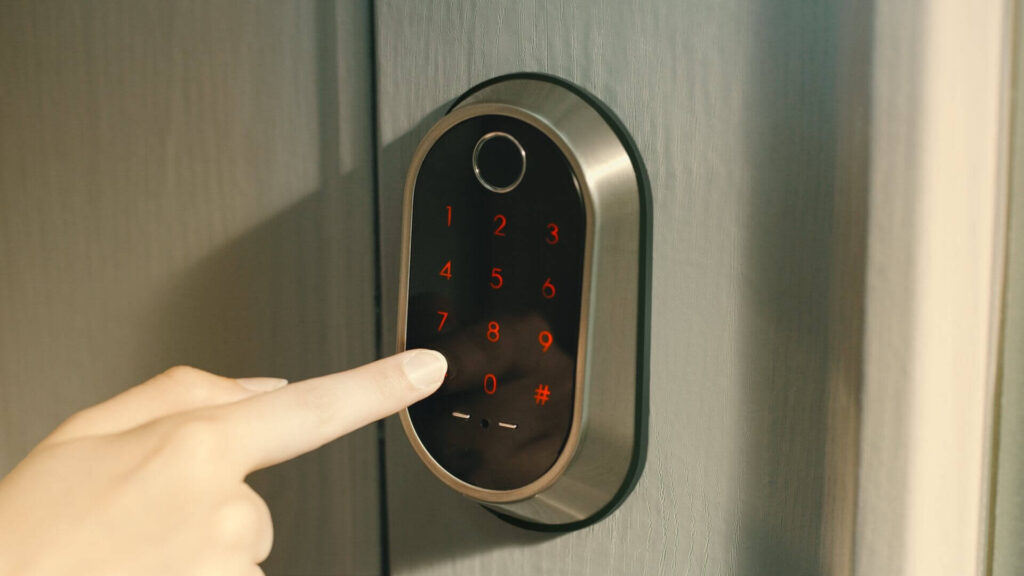
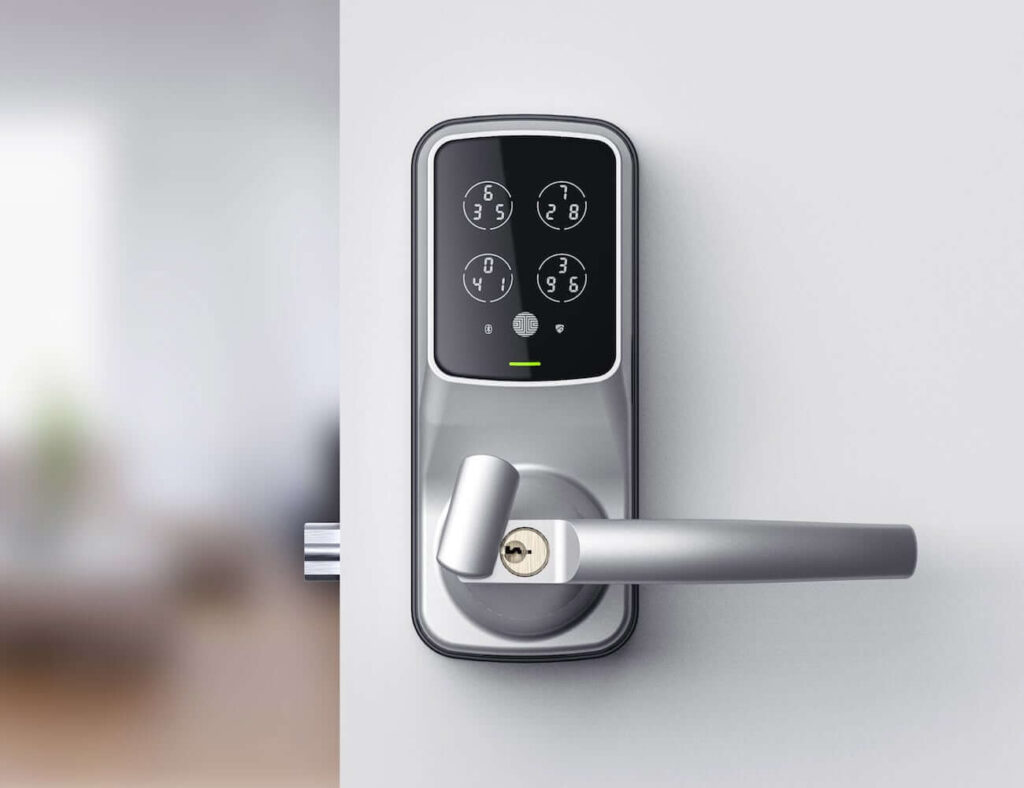
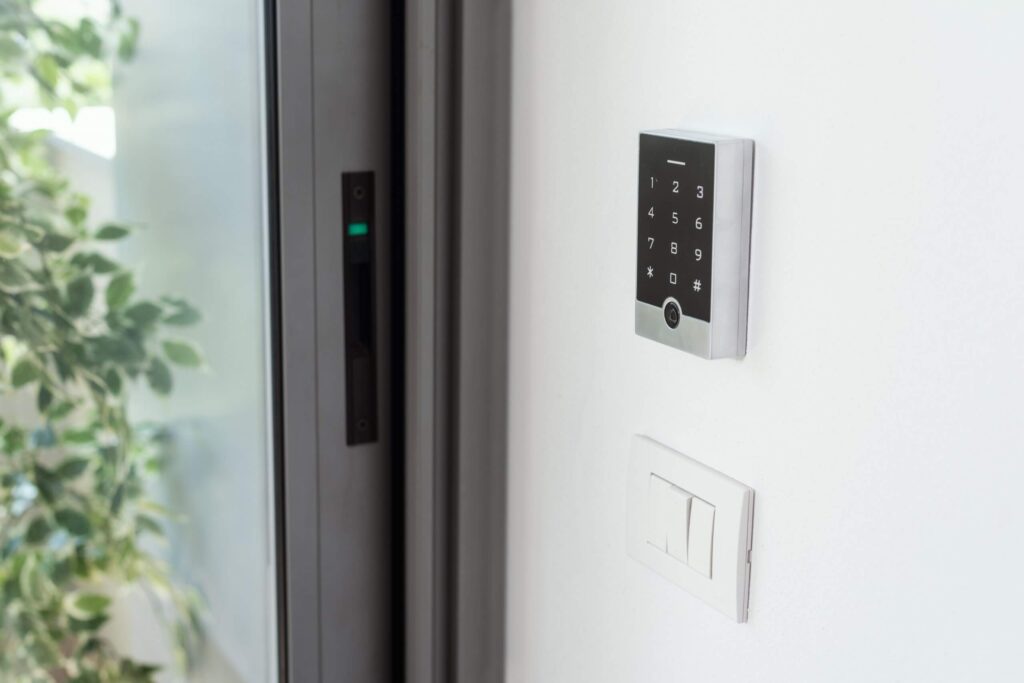
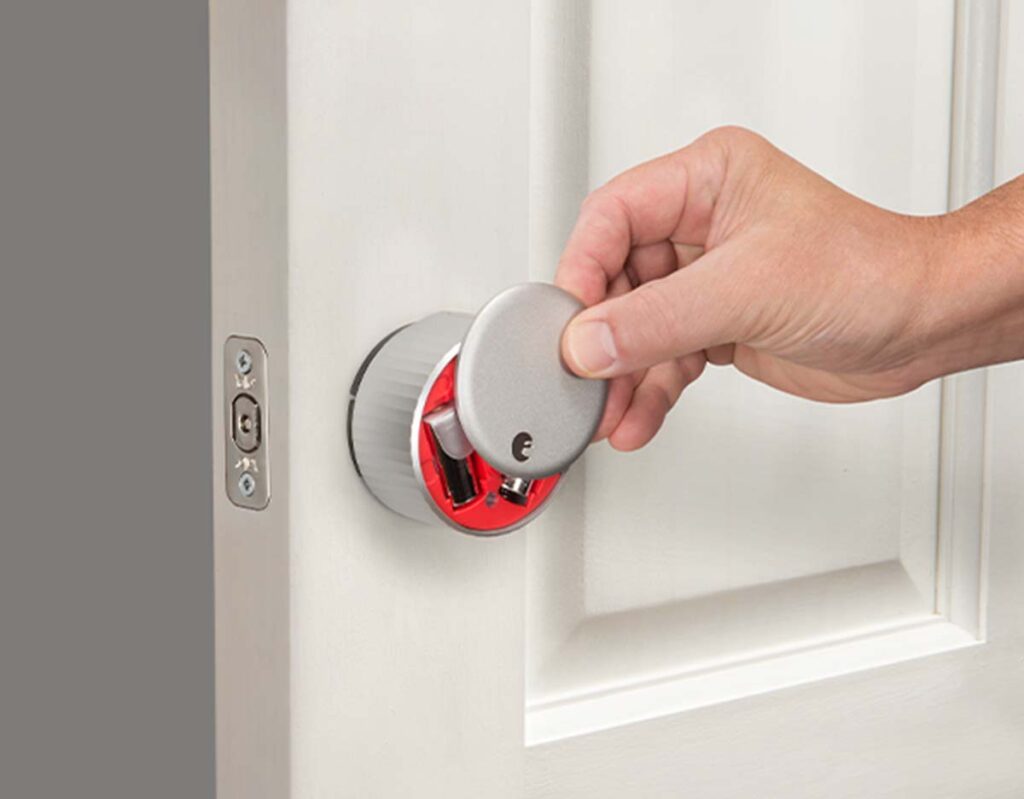
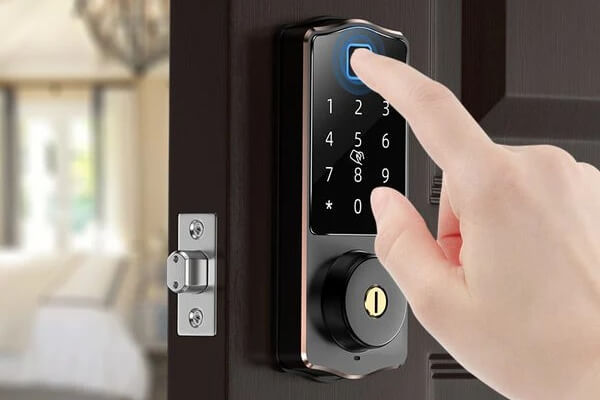
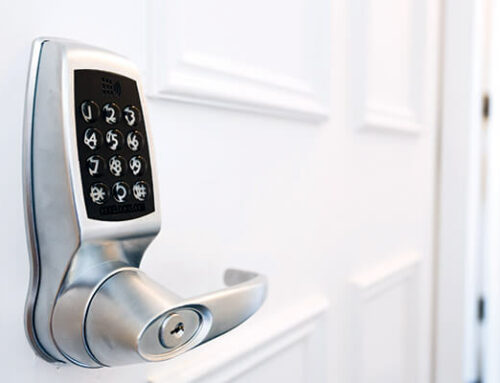
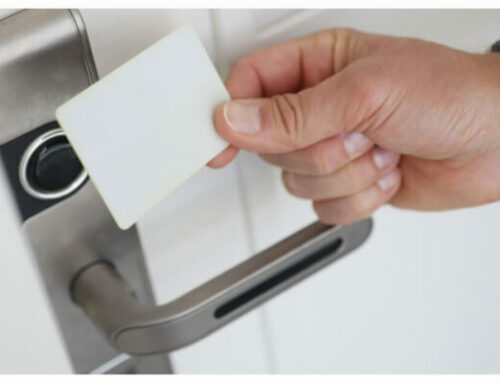
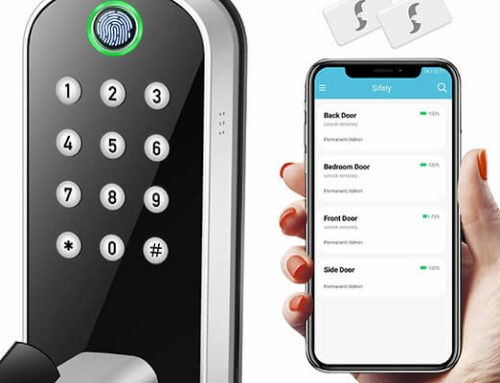
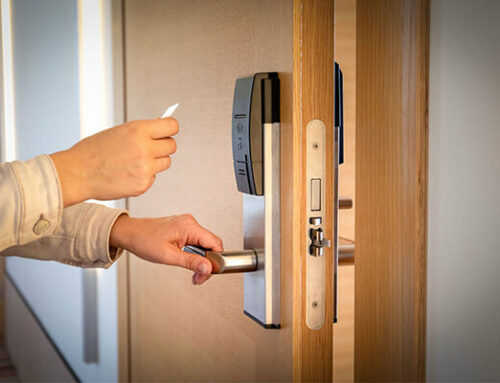
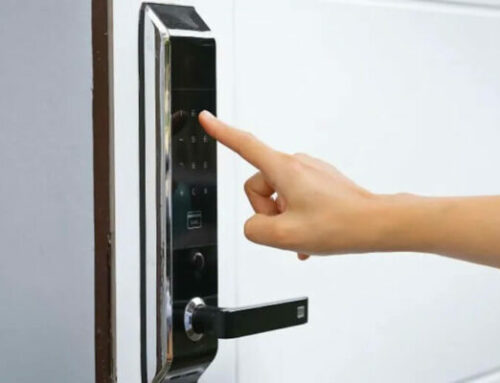
Leave A Comment